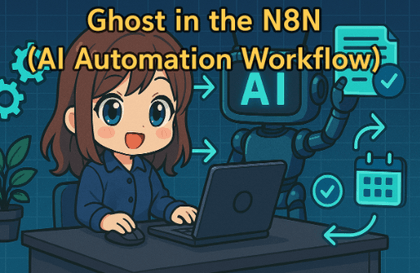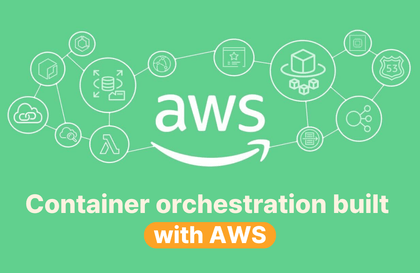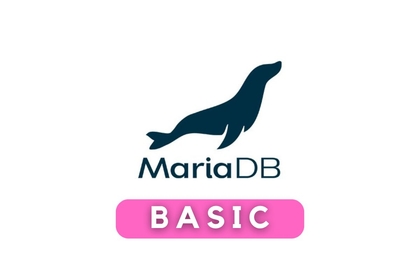
Everything about MariaDB(MySQL) - Basic
bradkim
Learn everything you need to know about MariaDB (MySQL) as a developer, including beginners, backend developers, and SQLD exam preparation students. The class is focused on hands-on practice, where you will build your own DB.
Beginner
MariaDB, MySQL





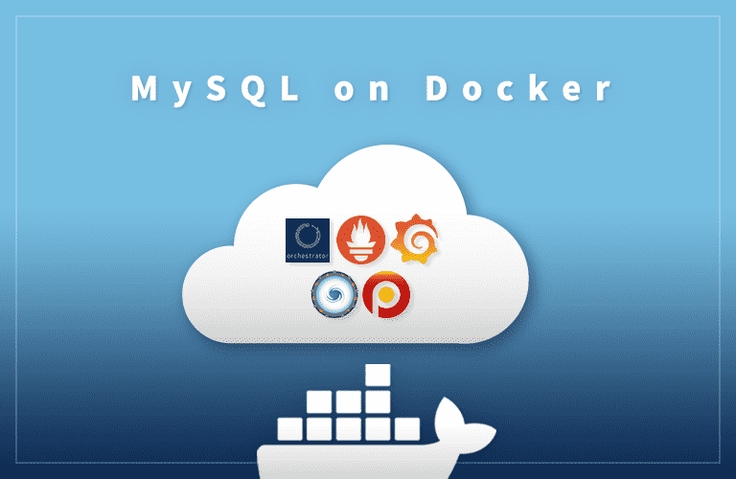








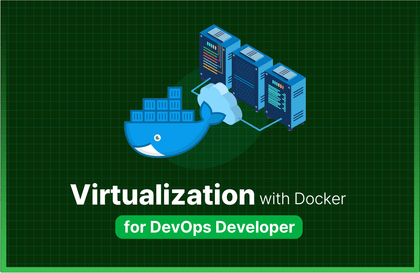
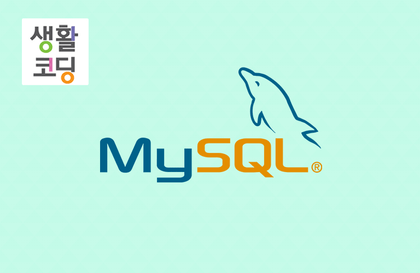
![Docker and Modern Server Technologies for Full Stack (Linux, nginx, AWS, HTTPS, Deployment) [Full Stack Part3]Course Thumbnail](https://cdn.inflearn.com/public/courses/326771/cover/bc862b4d-abe6-4d80-a826-3a5324a9f998/326771-eng.png?w=420)
![Project Structure and Database Handling for Backend Employment [MySQL, Mongo]Course Thumbnail](https://cdn.inflearn.com/public/courses/332866/cover/002e90d9-1412-4a10-a9c6-39aa22d99671/332866.png?w=420)
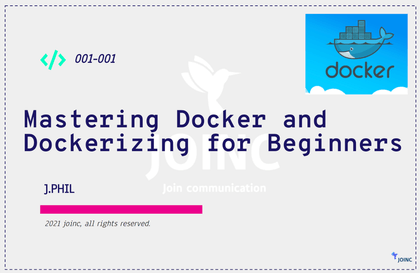

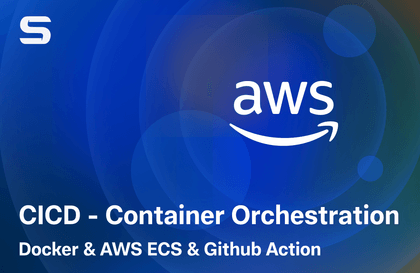


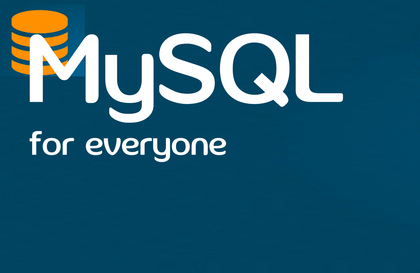

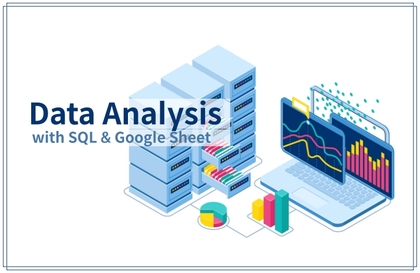


![[A hundred words are not as good as seeing once] Basic SQL for data analysisCourse Thumbnail](https://cdn.inflearn.com/public/courses/324566/cover/aa1fac55-6e80-4506-9c92-f32c2b65f93a/sql_basic.png?w=420)

